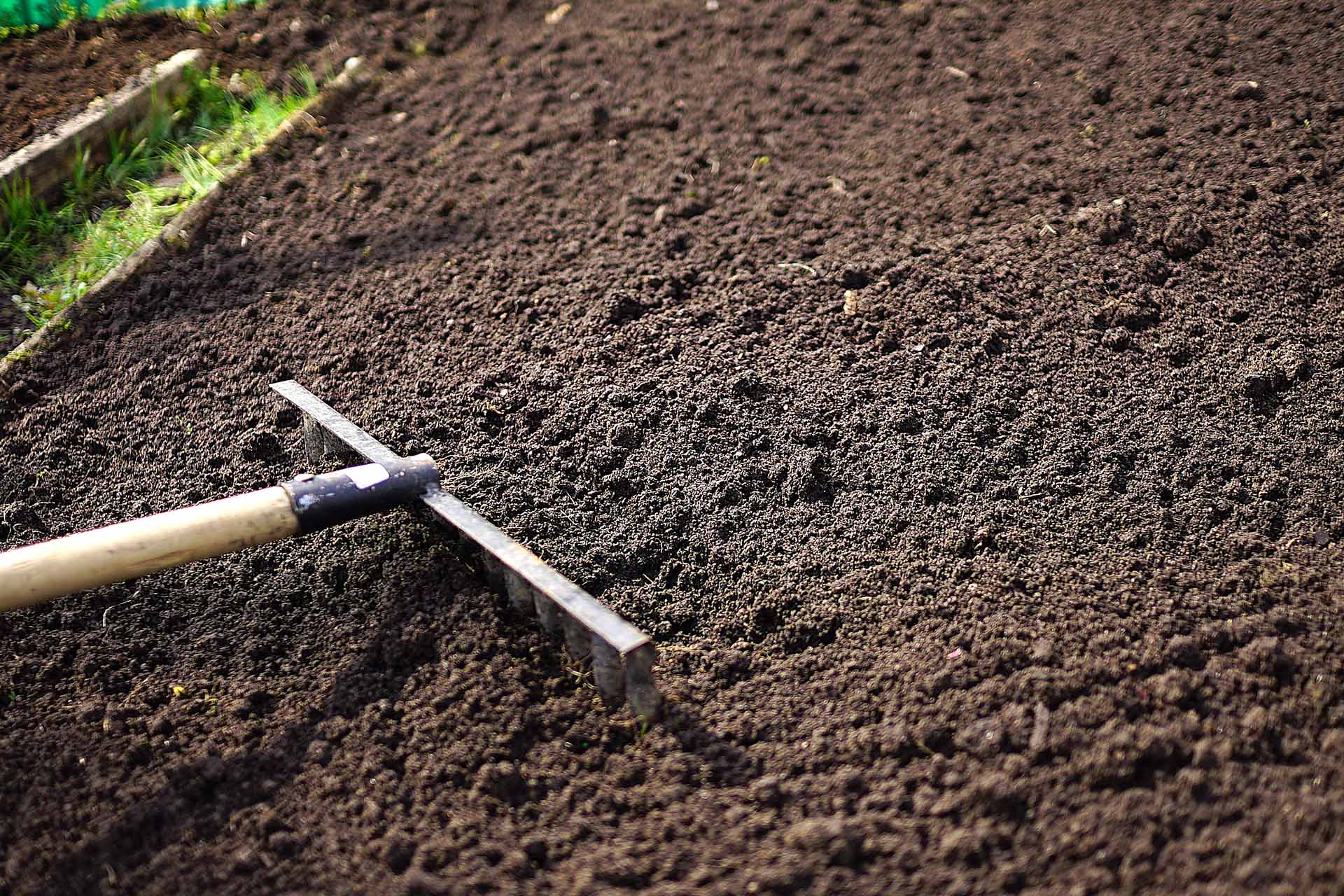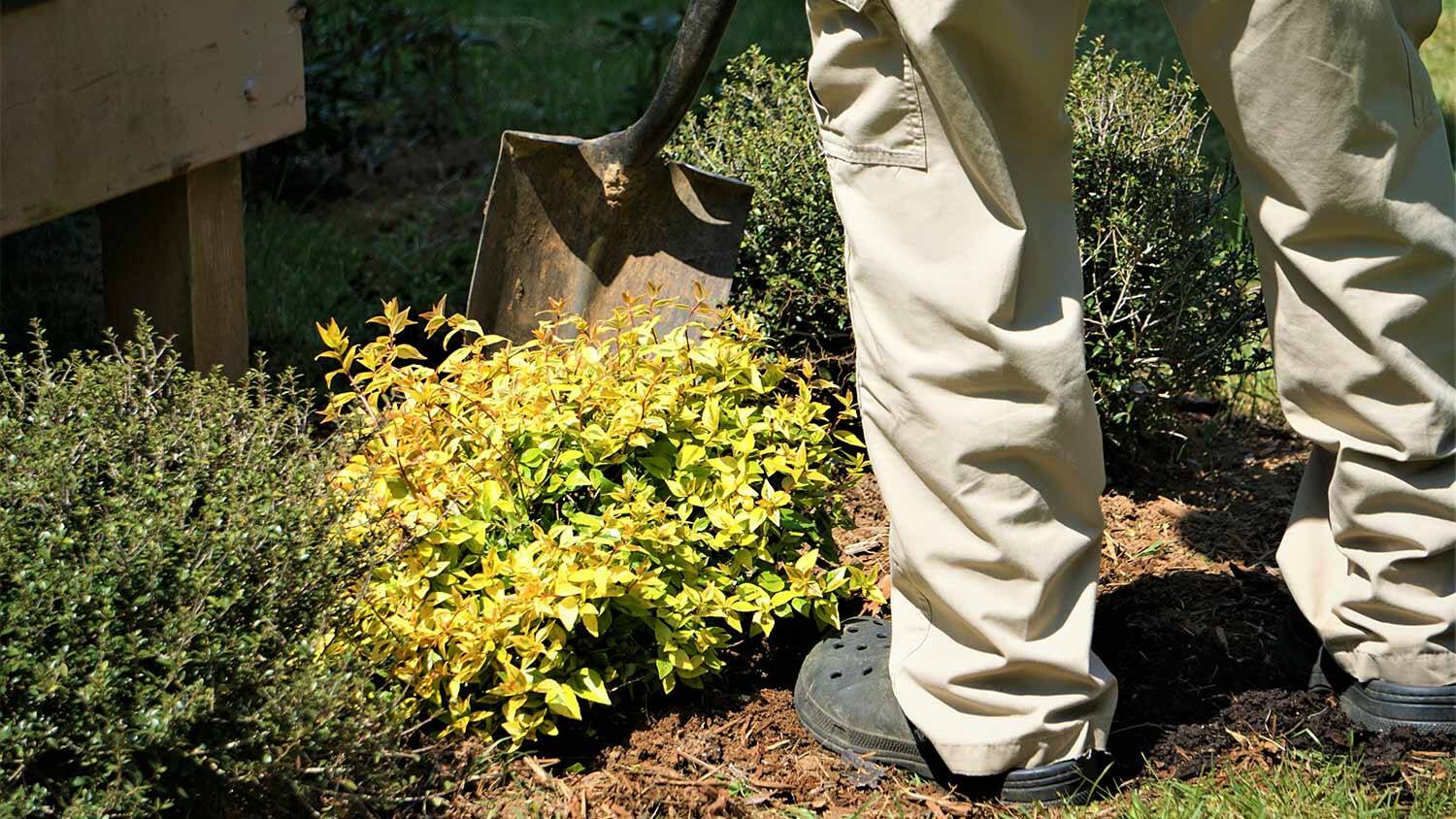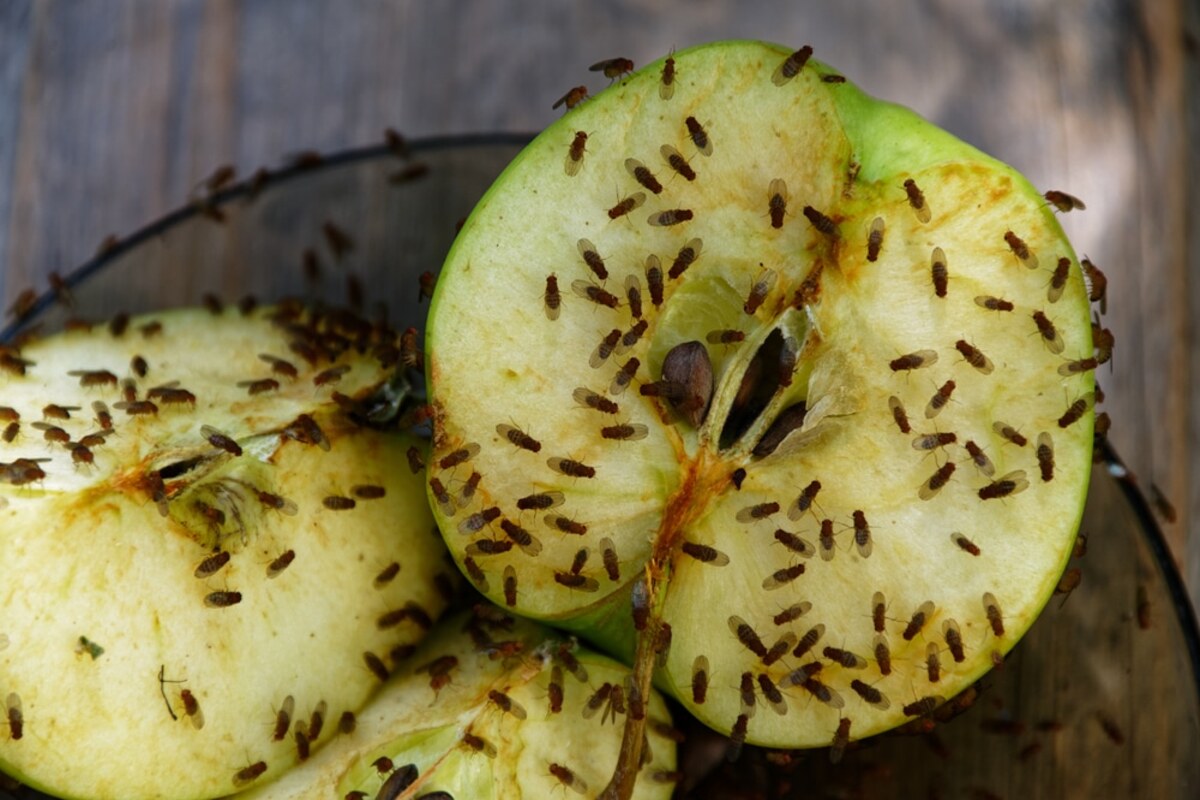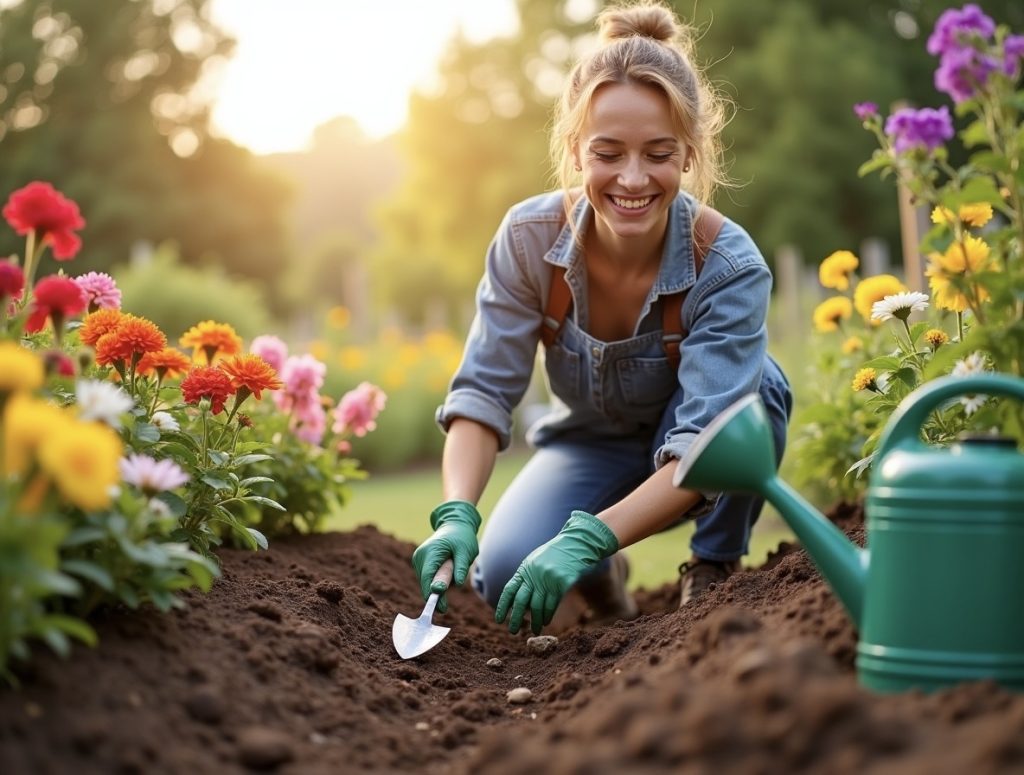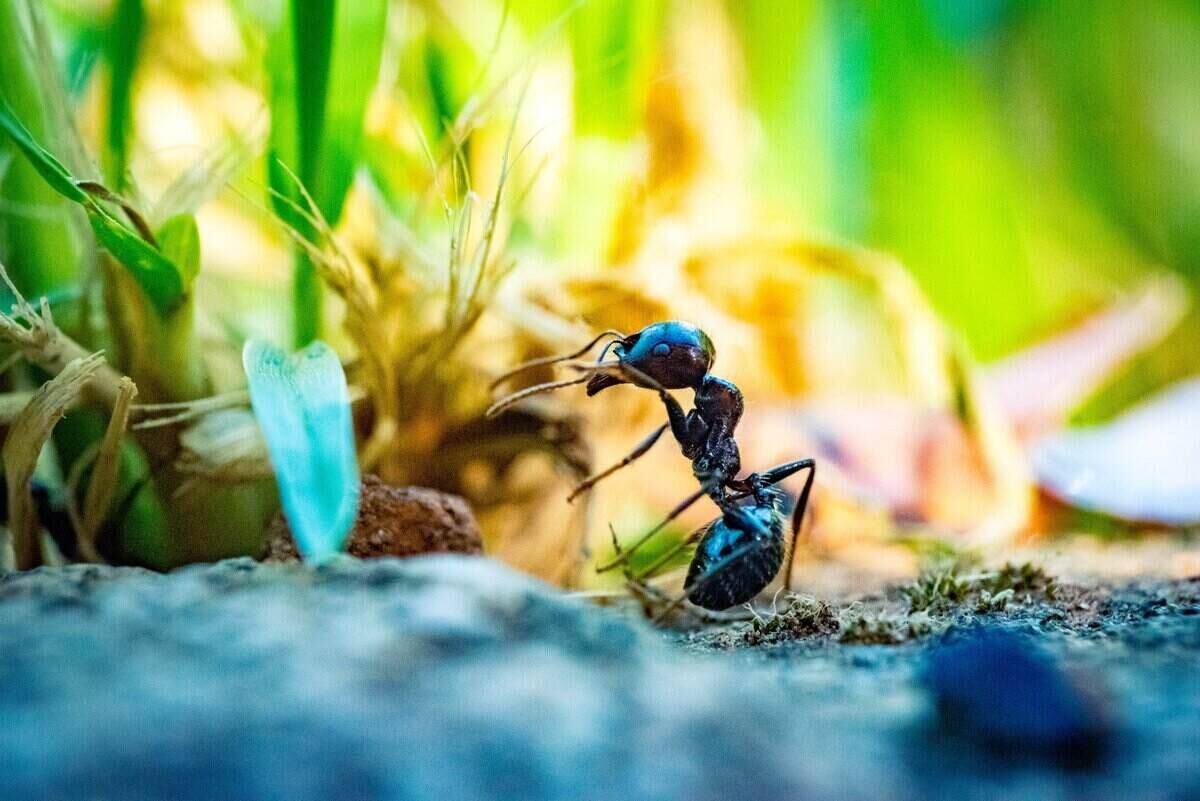Home>Gardening Tips and Tricks>Problem Solving>How To Get Rid Of Bugs In Soil Of Houseplants


Problem Solving
How To Get Rid Of Bugs In Soil Of Houseplants
Published: February 6, 2024
Learn effective methods for solving the problem of bugs in the soil of your houseplants. Discover how to get rid of soil-dwelling pests and keep your plants healthy.
(Many of the links in this article redirect to a specific reviewed product. Your purchase of these products through affiliate links helps to generate commission for Chicagolandgardening.com, at no extra cost. Learn more)
Table of Contents
Understanding the Importance of Soil Health for Houseplants
Introduction
Caring for houseplants can be a rewarding and fulfilling experience, bringing a touch of nature indoors and adding aesthetic appeal to any living space. However, the presence of bugs in the soil of houseplants can be a cause for concern, potentially impacting the health and vitality of these cherished green companions. As a plant enthusiast, it's essential to understand the significance of maintaining healthy soil conditions and to be equipped with effective strategies for addressing bug infestations when they arise.
The soil in which houseplants grow serves as a vital foundation for their overall well-being. It provides essential nutrients, supports root structure, and regulates moisture levels crucial for plant growth. When bugs infiltrate this environment, they can disrupt the delicate balance required for optimal plant health. Common pests such as fungus gnats, spider mites, and mealybugs are known to take up residence in the soil, posing a threat to the plants' vitality. Recognizing the signs of bug infestations and knowing how to address them is paramount in preserving the well-being of houseplants.
In this comprehensive guide, we will delve into the various types of bugs that can inhabit the soil of houseplants, explore natural and chemical methods for eliminating these pests, and discuss preventive measures to safeguard against future infestations. By gaining insight into these crucial aspects of pest management, plant enthusiasts can cultivate thriving indoor gardens and ensure the enduring health and beauty of their beloved houseplants. Let's embark on this journey to discover effective solutions for eradicating bugs from the soil of houseplants and nurturing a flourishing indoor botanical haven.
Understanding the Types of Bugs in Soil
Before addressing a bug infestation in the soil of houseplants, it is essential to familiarize oneself with the various types of pests that may take up residence in this environment. By recognizing the specific characteristics and behaviors of these bugs, plant enthusiasts can effectively implement targeted strategies for eradication.
1. Fungus Gnats: These small, dark-colored insects are commonly found in the moist soil of houseplants. Fungus gnats are known for their rapid reproductive rate, making infestations challenging to control. Their presence is often indicated by the emergence of tiny flies hovering around the plants.
2. Spider Mites: These minuscule pests are notorious for their ability to inflict damage on houseplants. They thrive in warm, dry conditions and are often identified by the fine webbing they produce on the plant's foliage. While they primarily inhabit the leaves, spider mites can also take up residence in the soil.
3. Mealybugs: These soft-bodied, segmented insects are adept at concealing themselves in the soil and plant crevices. They feed on plant sap, causing wilting and yellowing of foliage. Mealybugs are recognizable by their white, cottony appearance and can quickly multiply if left unchecked.
4. Springtails: These tiny, jumping insects are often found in damp soil and are beneficial in composting environments. However, in houseplant soil, their population can explode under excessively moist conditions, potentially causing damage to plant roots.
By familiarizing oneself with the distinct characteristics of these soil-dwelling pests, plant enthusiasts can accurately identify the nature of the infestation and tailor their approach to effectively combat the specific type of bug present. Understanding the behavior and vulnerabilities of these pests is a crucial first step in formulating a targeted strategy for bug elimination.
Natural Methods for Eliminating Bugs
When addressing bug infestations in the soil of houseplants, many plant enthusiasts prefer to employ natural methods that are gentle on the plants and environmentally friendly. These approaches not only target the pests but also promote a harmonious balance within the indoor ecosystem, minimizing the use of harsh chemicals. Here are some effective natural methods for eliminating bugs from houseplant soil:
- 1. Neem Oil: Derived from the seeds of the neem tree, neem oil is renowned for its insecticidal properties. When diluted and applied to the soil, neem oil can disrupt the life cycle of various pests, including fungus gnats and mealybugs, effectively reducing their population.
- 2. Diatomaceous Earth: This natural substance, composed of fossilized diatoms, acts as a desiccant that dehydrates and kills insects upon contact. Sprinkling a thin layer of diatomaceous earth on the soil surface can help control pests like fungus gnats and springtails.
- 3. Beneficial Nematodes: These microscopic organisms are natural predators of soil-dwelling pests. When introduced into the soil, they seek out and parasitize insects, including fungus gnat larvae, effectively reducing pest populations without harming the plants.
- 4. Sticky Traps: Placing yellow sticky traps near houseplants can help capture flying pests such as fungus gnats, preventing them from laying eggs in the soil and interrupting their reproductive cycle.
- 5. Soil Drying: Allowing the soil to dry out between waterings can create an inhospitable environment for many soil-dwelling pests, including fungus gnats and springtails. This natural method disrupts the pests’ reproductive cycle and limits their population growth.
By incorporating these natural pest control methods into their plant care routine, enthusiasts can effectively combat bug infestations while maintaining a safe and nurturing environment for their houseplants. These natural approaches offer sustainable solutions that align with eco-conscious gardening practices, promoting the long-term health and vitality of indoor greenery.
Chemical Solutions for Bug Infestations
While natural methods are often preferred for addressing bug infestations in houseplant soil, there are instances where chemical solutions may be warranted, especially when dealing with severe or persistent infestations. It is important to approach the use of chemical treatments with caution, ensuring that the chosen products are safe for the specific plant species and used in accordance with the manufacturer’s instructions. Here are some commonly used chemical solutions for combating bug infestations in houseplant soil:
- Insecticidal Soaps: Formulated from potassium salts of fatty acids, insecticidal soaps effectively target soft-bodied pests such as mealybugs and spider mites. When applied to the soil as a drench, these soaps can help control pest populations without leaving harmful residues.
- Systemic Insecticides: These chemical treatments are absorbed by the plant’s roots and transported throughout the vascular system, making them effective against a wide range of insect pests, including those residing in the soil. Systemic insecticides provide long-lasting protection and are particularly useful in controlling persistent infestations.
- Botanical Insecticides: Derived from natural plant extracts, botanical insecticides offer a less toxic alternative to synthetic chemicals. Products containing ingredients such as pyrethrin or rotenone can be applied to the soil to target soil-dwelling pests while minimizing harm to beneficial organisms.
- Granular Soil Treatments: Granular insecticides designed for soil application provide targeted control of pests such as fungus gnats and springtails. These products release insecticidal compounds into the soil, effectively managing pest populations over an extended period.
When considering the use of chemical solutions, it is crucial to prioritize the safety of both the plants and the surrounding environment. Careful research and adherence to application guidelines are imperative to minimize any potential risks associated with chemical treatments. Additionally, regular monitoring of treated plants and soil can help assess the effectiveness of the chosen chemical solutions and ensure that pest populations are adequately controlled.
Preventing Future Infestations
Implementing proactive measures to prevent future bug infestations in the soil of houseplants is essential for maintaining a healthy and thriving indoor garden. By incorporating preventive strategies into plant care routines, enthusiasts can create an inhospitable environment for pests, minimizing the risk of recurring infestations. Here are effective methods for preventing future bug infestations:
- Optimize Watering Practices: Overwatering can create favorable conditions for pests such as fungus gnats and springtails. Allowing the soil to partially dry out between waterings can help disrupt the reproductive cycle of these insects and discourage their proliferation.
- Quarantine New Plants: Before introducing new plants to an indoor garden, it is advisable to quarantine them for a period to monitor for signs of pest infestations. This precautionary measure helps prevent the spread of bugs to existing houseplants.
- Maintain Soil Hygiene: Regularly inspecting the soil for signs of pests and removing any debris or decaying organic matter can help eliminate potential breeding grounds for insects. Keeping the soil surface clean and free of organic debris reduces the likelihood of pest infestations.
- Enhance Air Circulation: Improving air circulation around houseplants can deter pests such as spider mites, which thrive in stagnant conditions. Positioning fans or ensuring adequate ventilation in indoor spaces can create an environment less conducive to pest activity.
- Introduce Beneficial Organisms: Releasing beneficial insects or nematodes into the soil can help establish a natural predator-prey balance, reducing the population of harmful pests. Predatory mites and beneficial nematodes are effective allies in combating soil-dwelling insects.
By integrating these preventive measures into their plant care regimen, enthusiasts can fortify the resilience of their indoor garden against potential bug infestations. Consistent vigilance and proactive maintenance not only safeguard the health of houseplants but also contribute to the creation of a harmonious and pest-resistant indoor ecosystem.
